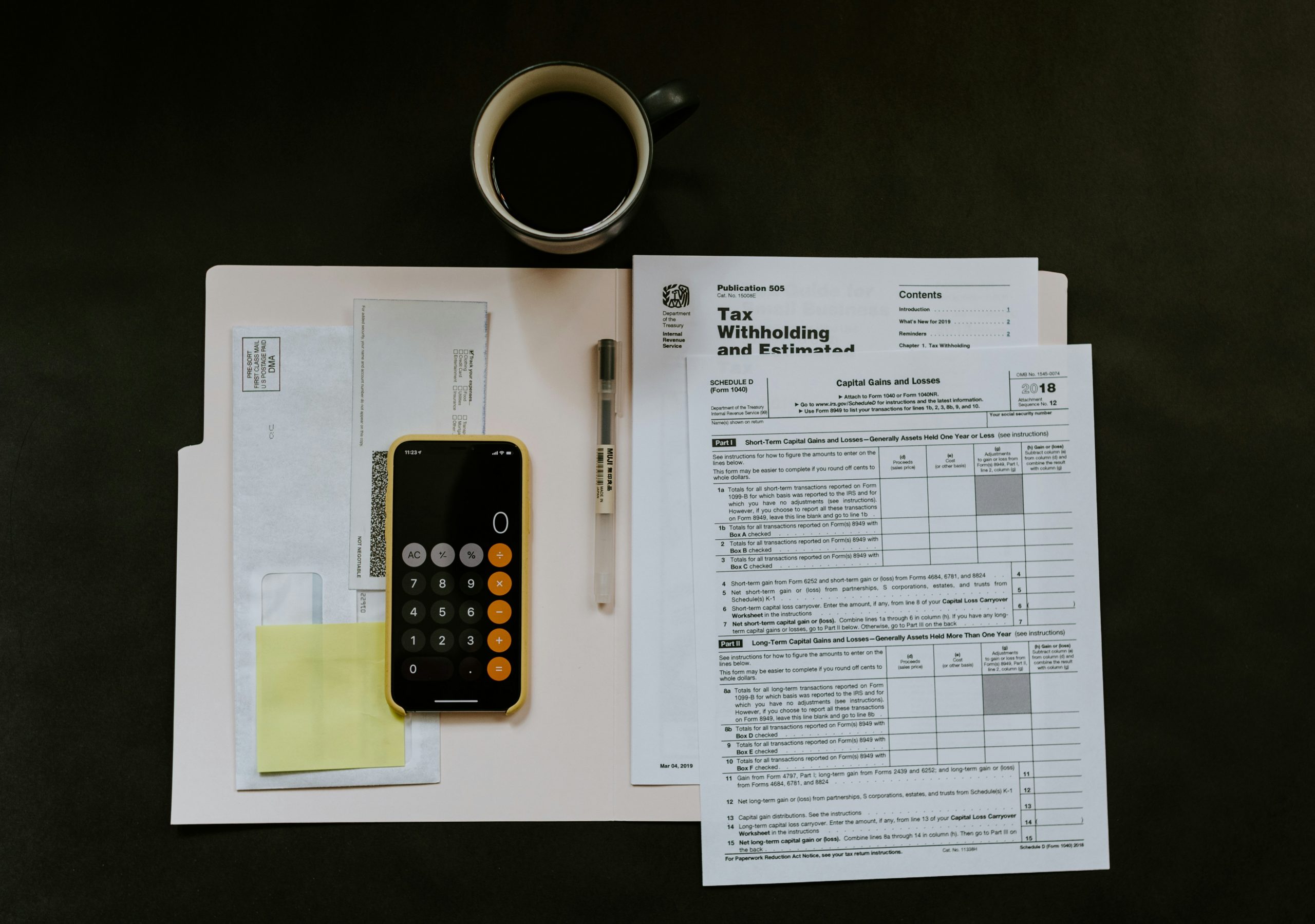So far, the analysis has covered how a company creates wealth through margin analysis, the necessary investments like capital expenditure and increases in working capital, and how these investments are financed through debt or equity. With these elements in place, assessing the company’s efficiency, specifically its profitability, becomes possible. A company that delivers returns at least equal to those required by its shareholders and lenders will not face long-term financing problems, as it will be able to repay its debts and create value for its shareholders. This underscores the importance of measuring a company’s book profitability, ensuring it meets expectations and secures financial stability and growth potential.
XI. FINANCING ANALYSIS
When evaluating a company’s financing, both dynamic and static analysis are essential. Initially, a company invests in assets like land and equipment and in operational needs such as working capital.
To fund these, it raises equity or debt, aiming for these investments to eventually generate positive cash
flows. A virtuous cycle allows the company to grow, repay debt, and potentially borrow more.
Conversely, a vicious cycle, marked by constant new investments and low operational cash flow, leads to perpetual borrowing without debt repayment or dividends. The dynamic analysis examines this cycle, while the static approach assesses the company’s current ability to repay debt and its risk of illiquidity based on asset financing and free cash flow.
X. CAPITAL EXPENDITURES & WORKING CAPITAL
As highlighted in traditional financial analysis, creating value invariably necessitates investment. In financial terms, investment typically involves either the establishment of new fixed assets or the allocation of resources towards working capital.
IX. MARGIN ANALYSIS: RISKS
Comparing growth rates of revenues and costs involves analyzing all company costs and key profit indicators as a percentage of sales (or production for companies with significant fluctuations in their inventories of finished goods and work in progress). This analysis aims to avoid assuming that past earnings growth will continue unchanged into the future. Just because profits grew by 30% annually for two years due to various factors, it does not guarantee that this growth rate will persist. Earnings and sales may not grow at the same pace due to factors such as structural changes in production, the scissors effect, and cyclical effects accentuated by the company’s cost structure.
VIII. MARGIN ANALYSIS: STRUCTURE
Analyzing a company’s margins is crucial. A company must sell products for more than production costs to avoid failure, but positive margins alone don’t guarantee success. Operating profit (EBIT) is more emphasized than net income because it reflects true performance, while financial and non-recurring items are less critical. The first step is to assess the accounting practices used in the income statement, as companies might misclassify charges to present better operating profits. Next, conducting a trend analysis of revenues and costs over several years can help predict future performance, assuming consistent business activities. Instead of a purely descriptive approach, it’s important to evaluate the company’s strategic position and risk profile. Companies with strategic power are more profitable, so income statement analysis should prioritize qualitative assessments.
VII. INTRODUCTION TO FINANCIAL DIAGNOSIS
Before diving into a company’s financials, readers should evaluate its strategic and economic landscape. This involves assessing its industry, market position, production model, distribution network, and ownership structure. Reviewing the auditors’ report and accounting principles is crucial as well. Financial analysis aims to depict a company’s economic reality, not just numbers. Without considering this reality, analysis may lack insight and fail to identify underlying issues until they appear in the financials, too late for investors to react. Once this groundwork is done, readers can proceed with standard analysis methods and advanced tools like credit scoring.
VI. FAQ: ACCOUNT ANALYSIS AND ACCOUNTING ITEMS
FAQ to be consulted when you encounter issues with interpreting, analyzing, or processing specific accounting items, you can refer to this article.
V. FINANCIAL CONSOLIDATION
The purpose of consolidated accounts is to present the financial situation of a group of companies as if
they formed a single entity. This article addresses the fundamental aspects of consolidation that should
be understood by anyone interested in corporate finance. Analyzing the accounting documents of each
individual company within a group does not provide an accurate or useful insight into the economic
health of the entire group. A company’s accounts reflect its control over other companies only through
the book value of its shareholdings and the size of the dividends it receives.
IV. FROM EARNINGS TO CASH FLOW
The earlier articles detailed the cash flow statement’s structure, which compiles all receipts and payments within a specific period and determines the change in net debt position, as well as the income statement’s structure, which summarizes all revenues and expenses over a period. At first glance, these two seemingly distinct methods might appear unrelated. However, common sense suggests that a wealthy woman will eventually have money in her pocket, while a poor woman is likely to struggle financially—unless she happens to acquire wealth along the way. Despite the complex dynamics of a business causing discrepancies between profits and cash, they eventually align. This article aims to bridge the gap between the cash flow and earnings methods.
III. THE BALANCE SHEET: THE END-OF-PERIOD SNAPSHOT
In our analysis, we’ve focused on revenues and costs within a specific timeframe. Now, let’s shift our
perspective to the end of the period, where we’ll analyze the remaining balances. This approach allows
us to assess net debt and accumulated wealth at a specific moment rather than over a period.










